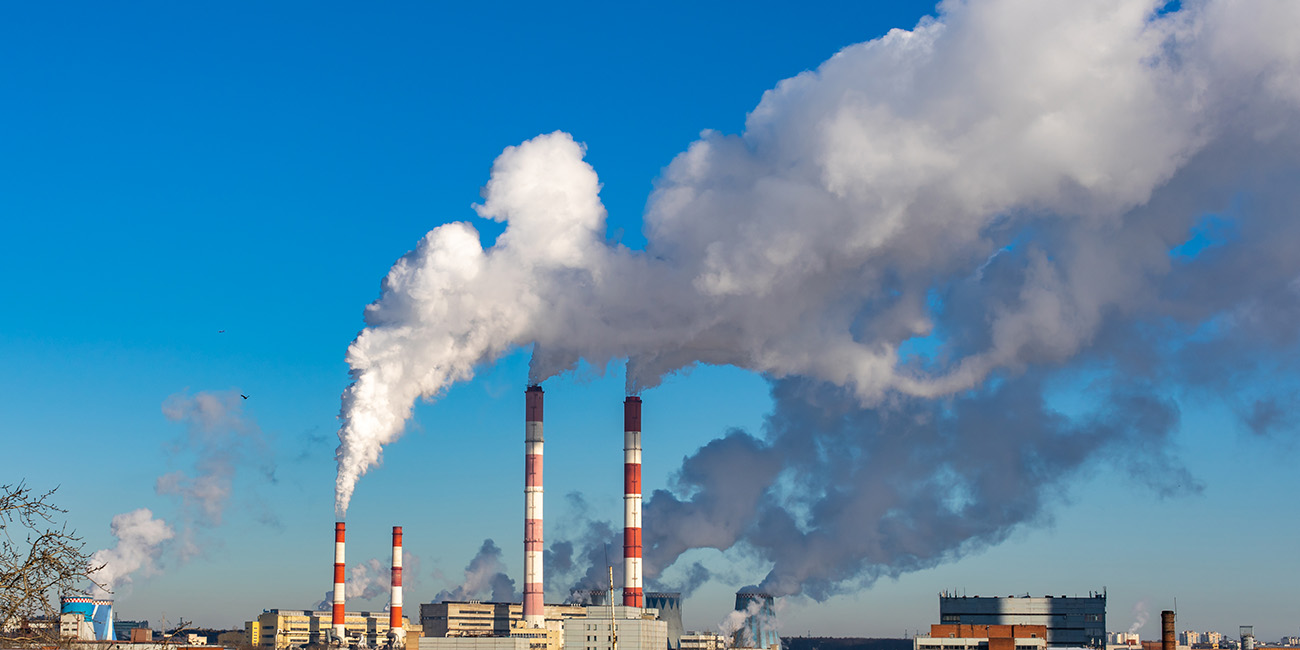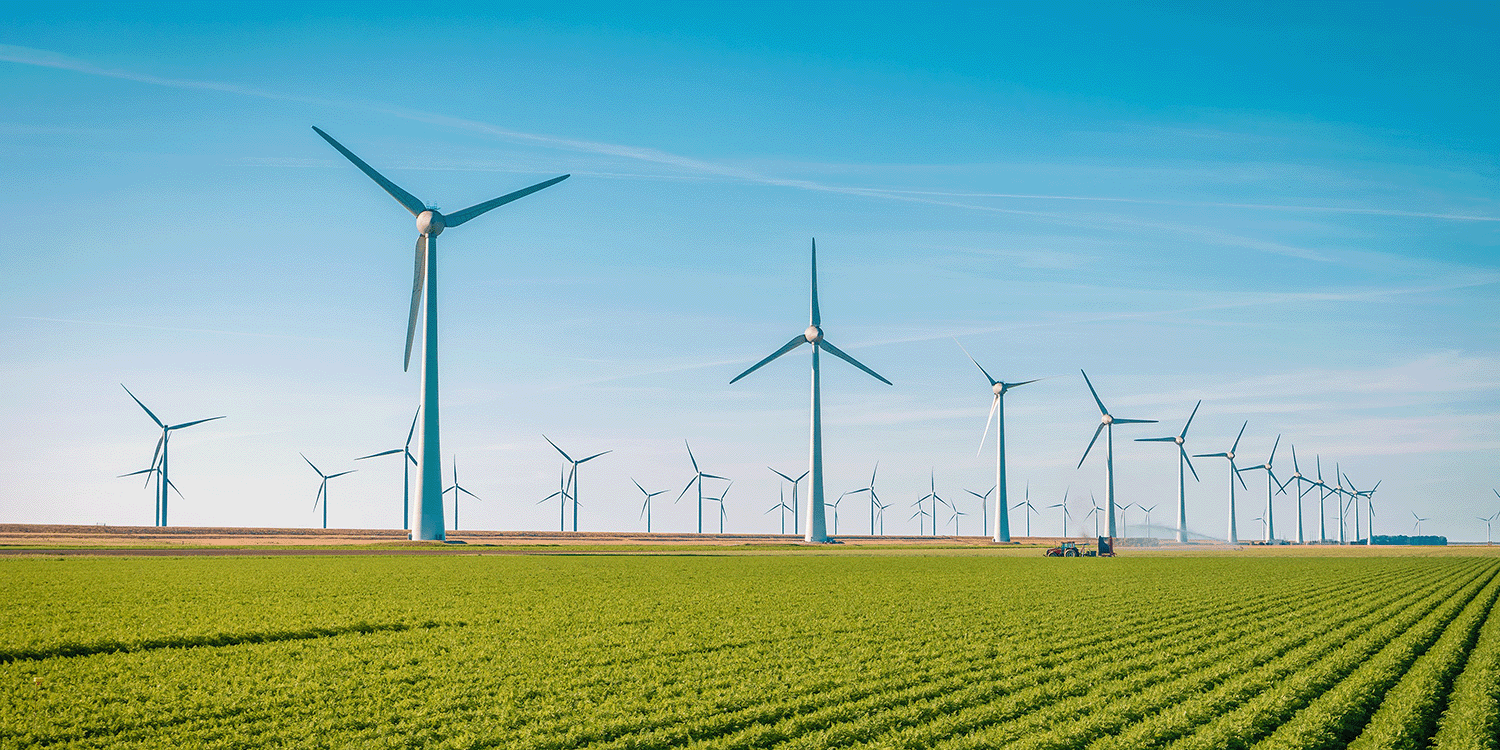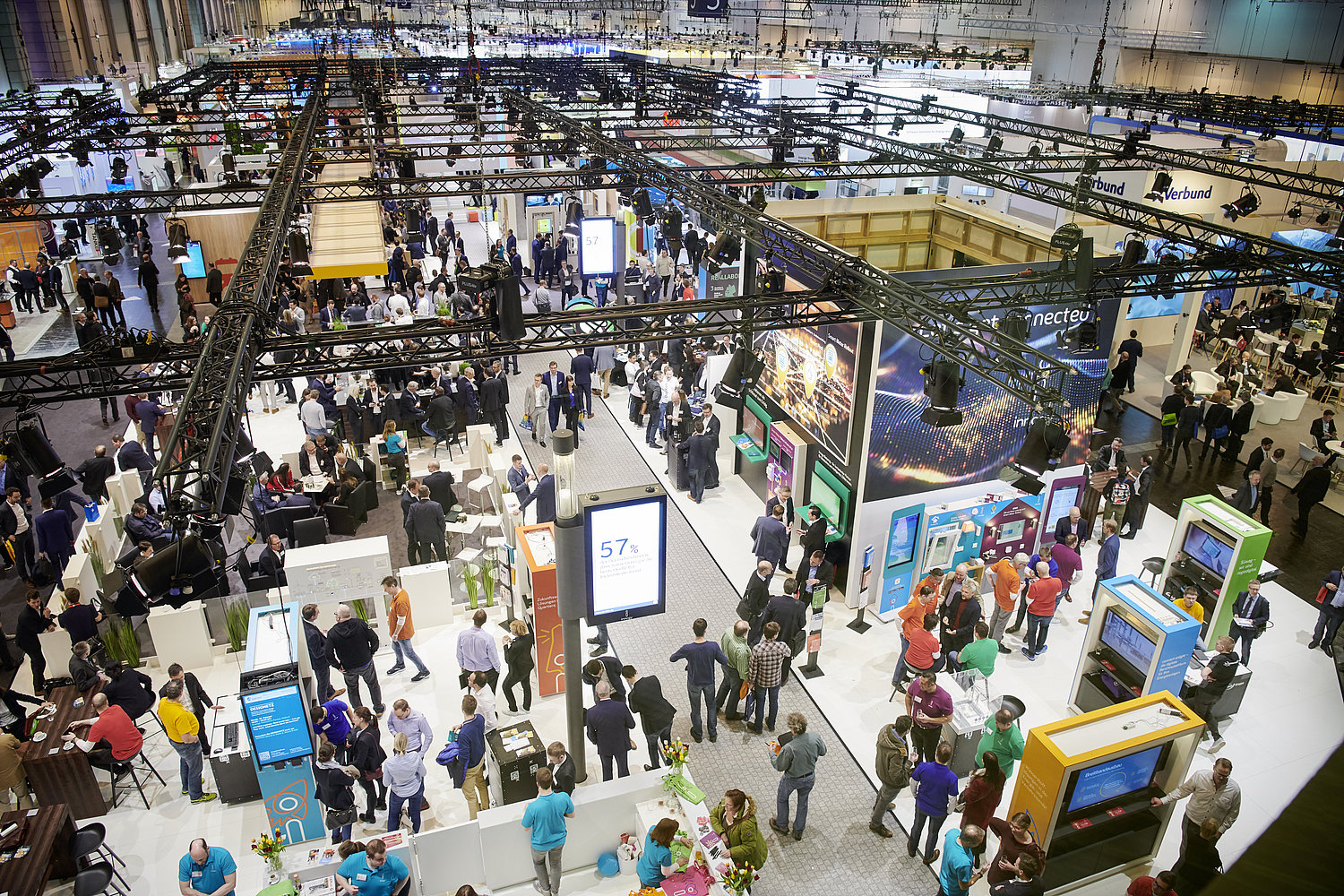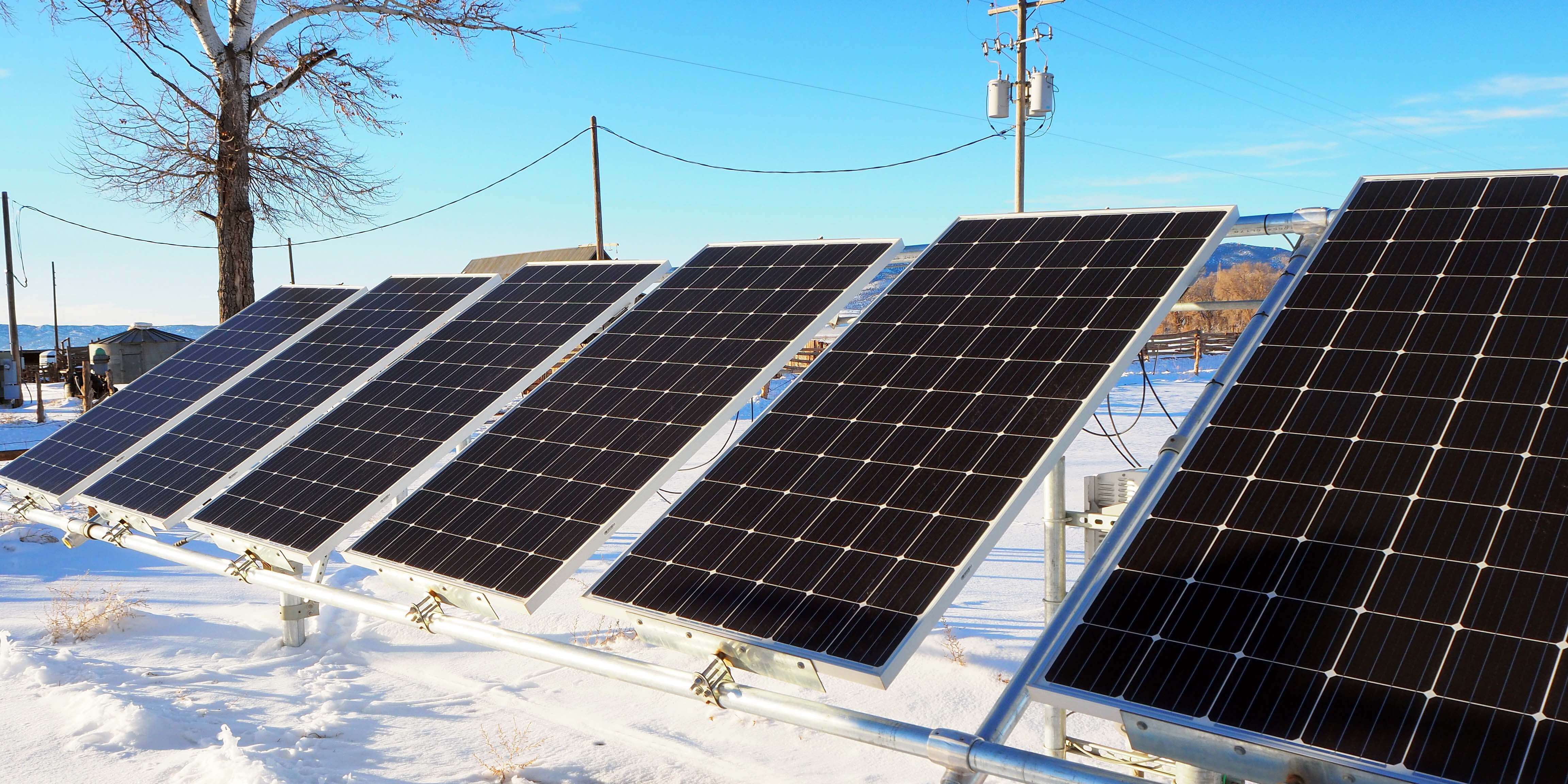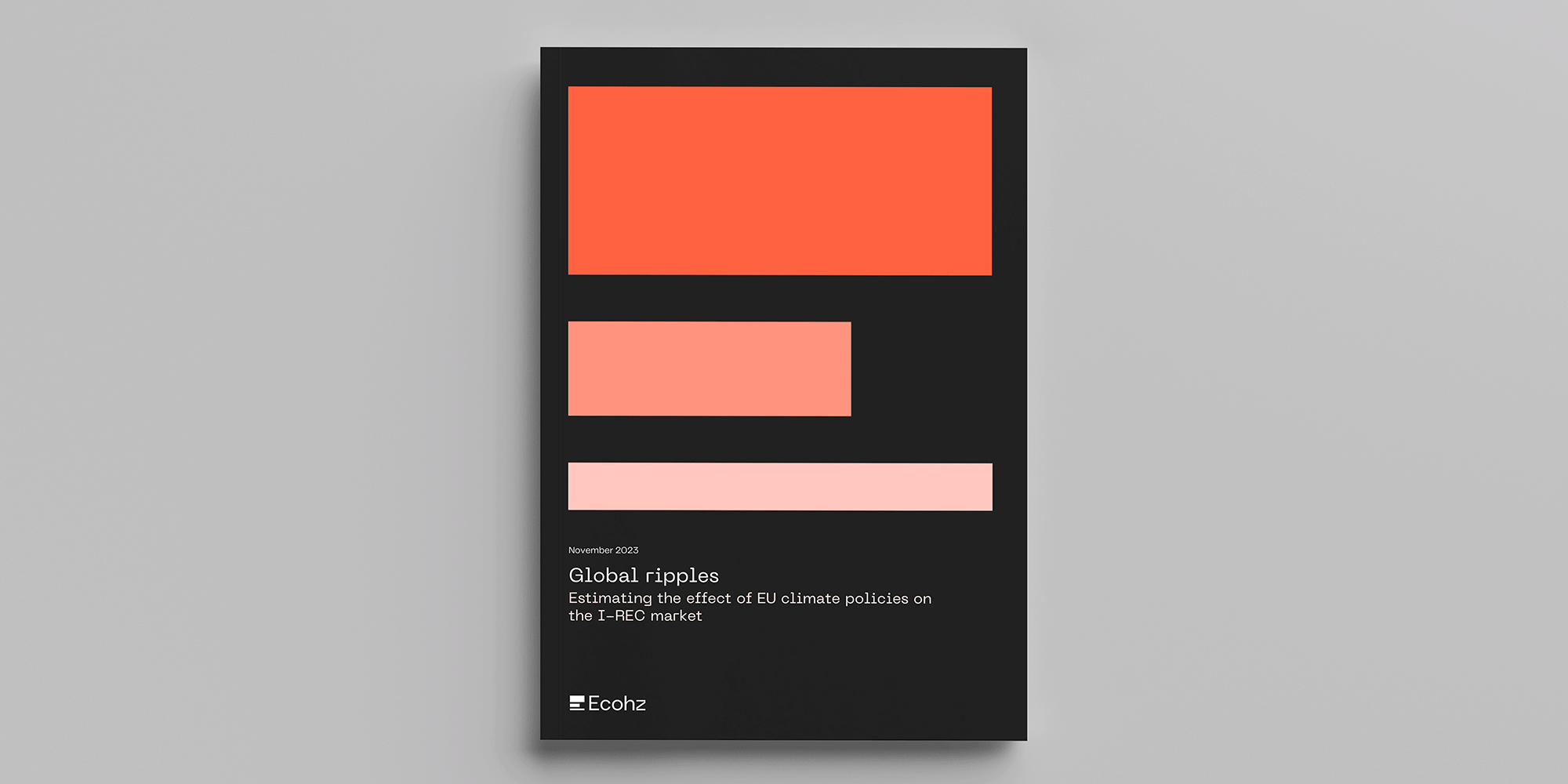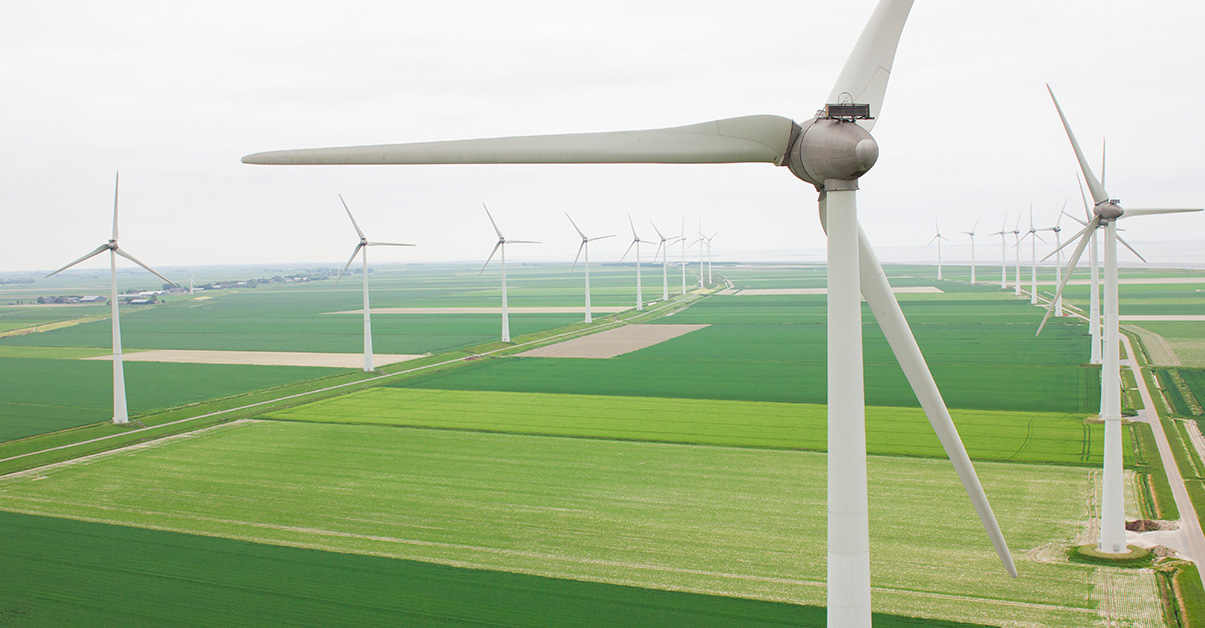Businesses with sustainability goals are part of a vital transition effort. These key takeaways from the ETO demonstrate how corporate and market forces can invigorate climate efforts.
Energy Transition Outlook: an executive summary
According to DNV, the world is not on track to limiting global warming to 1.5°C. Even more, the ETO puts the goal of the Paris Agreement already out of reach without a temporary overshoot.
“Emissions remain at record levels” while urgent climate action has not materialised, the report states. The world is headed to a 2.2°C increase in global temperature by the end of the century –– this is now the most likely scenario.
The energy transition is, nonetheless, underway. Current political turmoil, such as the war in Ukraine, will not hamper the long-term trend towards renewable energy, mainly driven by “plunging renewable energy costs, electrification, and rising carbon prices.”
Electrification is the main propeller of the transition. Renewables will continue to displace fossil fuels in the electricity mix, rising from today's 41% to 88% of the total electricity production by mid-century. As a result, renewable electricity will likely account for just under 50% of the world's energy mix by 2050.
In the rise of renewables, solar is the most promising technology. In 2004, 1 GW of new solar capacity was installed for the first time in a single year. In 2021, 150 GW were installed despite Covid-19-related disruptions. By 2030, between 300 and 500 GW will be added every year.
Meanwhile, energy mixes are changing at different rates across regions. For example, while fossil fuels have already peaked and are declining in Europe, Southeast Asia will still experience increasing hydrocarbon use for years.
For the first time, DNV added to their report a Pathway to Net Zero, painstakingly broken down by region and industry and detailing actions required to stay under a 1.5°C global temperature increase. They point to three central elements: substitution of fossil fuels with renewables, energy efficiency improvements, and a dramatic scaling-up of carbon capture and removal.
Electrification and renewable energy remain the cornerstone of a challenging path to avoid the worst effects of climate change. And while global-scale policy implementation and unprecedented action across sectors are needed to redirect our current trajectory towards net zero, strategic regions offer opportunities for accelerating climate strategies.
Where do we go from here? Possibilities for closing the gap to net zero
Market-based instruments remain vitally important in the energy transition. Energy Attribute Certificates (EACs) add to the competitiveness of renewable electricity, spurring adoption in a range of industries and opening a revenue stream vital for installing additional capacity. EACs are now trusted instruments around the world. However, the renewable energy sector develops unevenly across regions.
Europe
Europe appears as a global leader in the energy transition. The war in Ukraine has made energy independence a top priority for the European Union (EU), and despite a temporary uptick in natural gas consumption, the conflict could accelerate decarbonisation.
The EU responded to the energy crunch by launching REPowerEU, a policy package that aims to save energy, diversify power sources, and hasten the roll-out of renewables. A forthcoming version of the Renewable Energy Directive (RED III) and the EU Taxonomy will further propel efforts to reduce emissions.
Guarantees of Origin (GOs) remain central in a burgeoning renewable energy market. In 2022, prices have soared over 150%, bringing sizeable profits to clean energy producers. As renewables squeeze fossil fuels out of the energy mix, GOs will continue to direct funds towards renewables, contributing close the gap between DNVs most likely 2050 forecast for the region –– 35% of fossil energy in the total European mix –– and the PNZ scenario –– 7% of fossil energy by mid-century.
United States
In the United States, the Inflation Reduction Act (IRA) is expected to catalyse renewable energy growth. The most comprehensive energy bill ever signed into law provides “a host of incentives, funding, and investments on all levels” that amount to 369 billion USD in spending on energy and climate mitigation.
Even before the IRA, market-based instruments such as Renewable Energy Certificates (RECs) had underpinned clean energy expansion despite varying policies between states. Falling costs of renewable technologies also contribute to their sustained proliferation. Meanwhile, IRA tax credits and other incentives could facilitate Power Purchasing Agreements (PPA) and other avenues for corporate action.
According to DNV, due to its prominent role in the world economy, the US should reach net zero “well before 2050” –– ideally by 2043. The rise in carbon prices and the continued development of instruments such as Renewable Energy Certificates (RECs) will contribute to steering market tendencies towards a net zero pathway.
Southeast Asia
Southeast Asia is at a crossroads. It is the world’s largest coal exporter and depends on hydrocarbons for 81% of its primary energy. It also sits at the beginning of numerous global supply chains. And while carbon pricing mechanisms are still inchoate, other developments show a positive trend.
Solar PV, DNV asserts, is on the rise. The ETO foresees it to expand dramatically to account for 74% of the region’s electricity by 2050. Simultaneously, the ASEAN Taxonomy, currently under development, is expected to provide clearer carbon borders and bolster sustainable finance.
Individual countries are also making progress. ASEAN member state Brunei recently entered the I-REC Standard to scale renewable energy up to 30% of total generation by 2035. Documentation mechanisms will strengthen clean energy production, which currently accounts for 0.55% of installed capacity.
DNV’s latest report presents a challenging landscape. As the world heads towards a 2.2°C future, businesses, governments, and institutions must boost efforts to accelerate the net zero transition. Market-based mechanisms have a crucial role in funding the green transformation, while developed markets must quicken the pace and lead emerging nations by example.
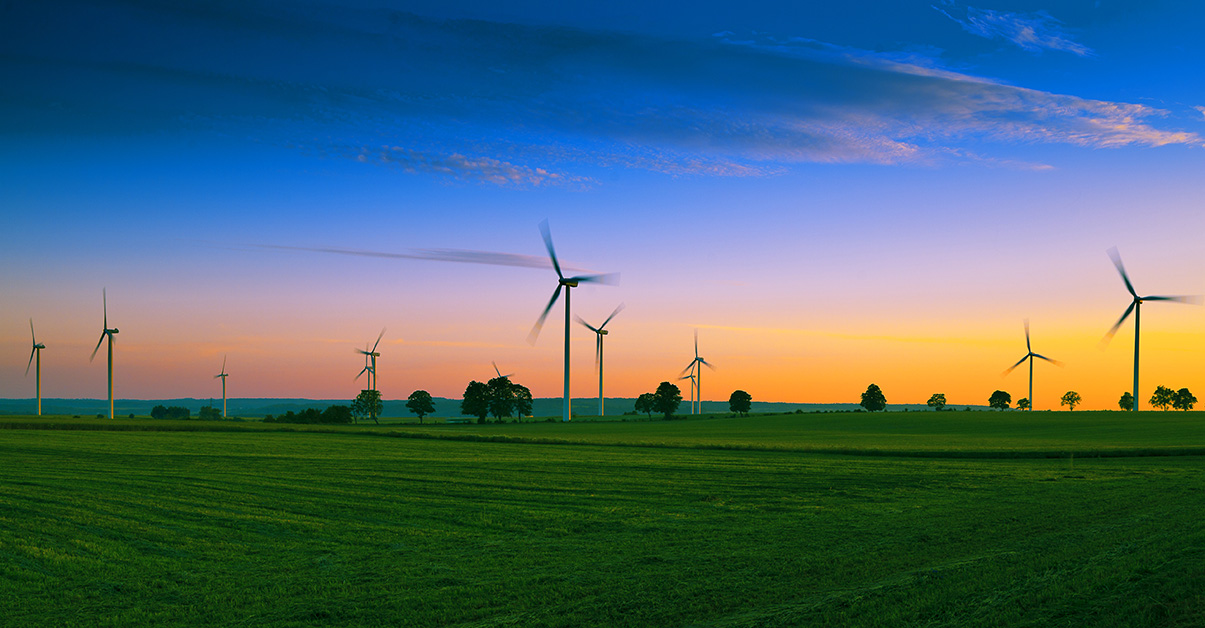

.png?width=3840&height=2560&name=Sun(1).png)

.png?width=3840&height=2560&name=Landscape_2(1).png)
